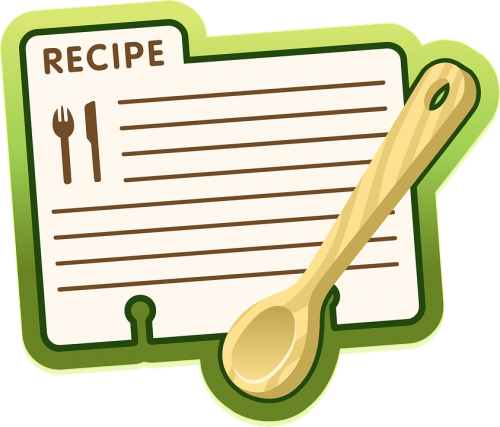Slow cooker recipes are wonderful because you can make the most delicious and easy meals in Slow Cookers. However, what about food safety? If you are unlucky to experience food poisoning from undercooked meat or fish, you may doubt the relatively low cooking temperatures that slow cooker uses.
It’s a good idea to invest in a food thermometer. Food should be hotter than 165 degrees Fahrenheit so that it is safe to eat. If you are away all day and you left the slow cooker to do its work, you do not know if the electricity was cut off, which would affect your dinner.
How does the slow cooker work?
The cooker should cook food at a sufficiently high temperature to keep it safe, keeping the temperature low enough that you can leave it unattended all day. The low value on the crockpot is about 200 degrees Fahrenheit, and the high value is about 300 degrees Fahrenheit. This means that the food will be between 170 and 280 degrees F, as it prepares. Cooking at such a low temperature means that the flavors are gently mixed, while cheap, hard pieces of meat soften and become tender.
The steam released by slow cooking, the cooking process itself and the direct heat release in the pot, work together to make slow cooking a safe way of cooking, destroying bacteria and sufficiently heating the food. In addition, it is important to maintain the cleanliness of the working area and dishes, as well as the slow cooker.
Tips for safe slow plate recipes
Keep the raw ingredients in the refrigerator until it’s time to add them to the slow cooker and handle it properly. Many food safety issues relate to the use of common sense, and you already know how to handle products such as chicken and fish, and how to avoid cross contamination using various cutting boards and utensils for fish, meat, and vegetables.
Before adding to a slow cooker, you must defrost chicken or meat. Do this quickly in the refrigerator for best results. Choose a high moisture content in slow cooker recipes, such as sauces, soup or chili to better distribute heat. Turn the slow cooker to the highest setting for the first hour, and then turn it down to finish cooking.

When preparing recipes, you can, for example, cut food into small pieces, pieces one inch in size, to allow careful cooking. This is especially important with meat because inside it may not have enough high temperature to stop the multiplication of bacteria, and this can lead to food poisoning.
You can use Slow Cookers to keep soups and dipping recipes warm, but if you turn off the fire and use it to keep meat, a bird or a fish warm, you risk because the warm temperature stimulates the bacteria.
If you are not going to immediately eat your cooked food, transfer it to another container and refrigerate or freeze. Do not use Slow Cookers to reheat food. Use a microwave oven or toaster oven for this job.
Slow cooking Tips
The slow cooker is convenient, easy to use, and saves time. With extended planning in the morning, you can prepare food and cook in the evening. Here are some tips for cooking that will help you safely prepare delicious meals.
Keep perishable food in the refrigerator until cooking time. Cooling ensures that bacteria that multiply rapidly at room temperature will not get a “start” in the first few hours of slow cooking.
If you cut meat and vegetables in advance, store them separately in the refrigerator.

For shorter cooking times and food safety concerns, it is recommended that meat and poultry be thawed before use in the refrigerator. You can also defrost the food in the “defrost” mode in the microwave oven.
Cut meat, poultry, and vegetables into small, uniform pieces to ensure rapid heat transfer.
Since root vegetables, such as carrots or potatoes, cook the slowest, place them next to heat, from below or at the sides. Then add the meat, seasonings and other vegetables and liquid on top of the root vegetables.
Cook pasta in traditional ways and add closer to the end of the cooking time, as this can become sticky or fall apart. Small forms of pasta can be added to soups for 20-30 minutes before the end of cooking.

Leave a Reply